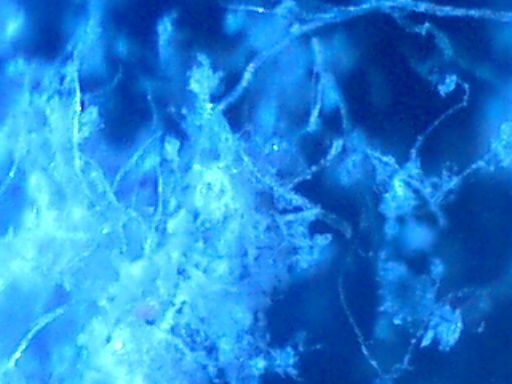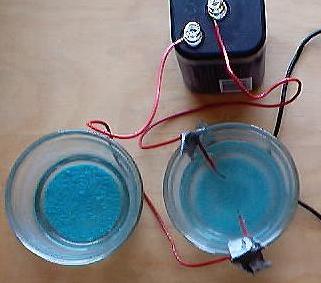
BARIUM TESTS ARE POSITIVE
A series of qualitative chemical tests and deductions performed by Clifford Carnicom now confirm without doubt the presence of significant amounts of barium within atmospheric samples. Citizens may now begin the process of collecting the sample materials for formal submission to public environmental agencies and private labs for identification. Presented in this work is a detailed analysis of how these results were obtained. The most reasonable hypothesis at this point is that the original compound collected by various methods is a barium oxide form. This compound readily combines with water to form barium hydroxide. Ionizing plate filters and fiber filters both appear to be successful at accumulating the solid form of this metallic salt. Solubility, pH, precipitation, chromatography, electrode, electrolysis, flame, spectroscopy and spectroscopy comparison tests all support the conclusion within this report that significant levels of barium compounds have been verified to exist and are now to be examined in the atmospheric sampling process.
This report corroborates, at an elevated level, the previous research that is available on this site. Readers may wish to peruse the previous papers on this topic: ’ELECTROLYSIS AND BARIUM’ (dated May 27, 2002), and ’SUBMICRON PARTICULATES ISOLATED’ (dated April 26, 2004).


